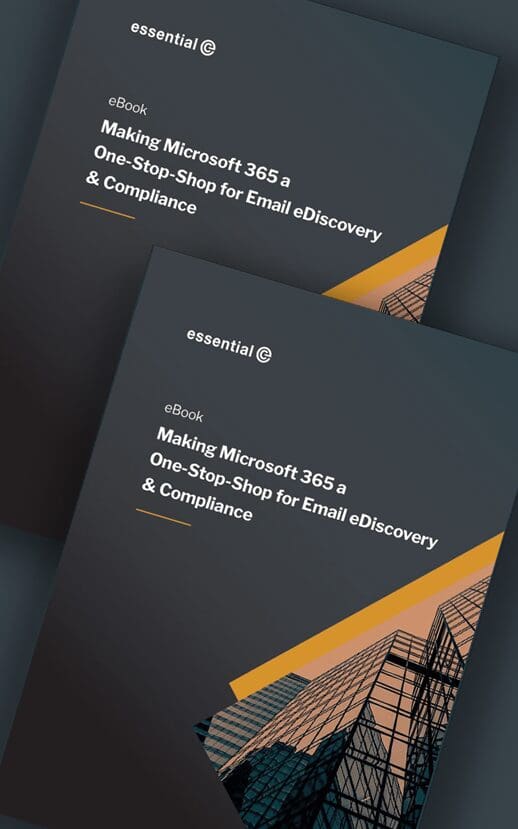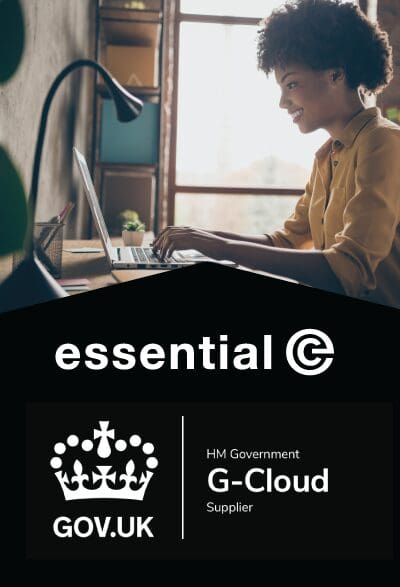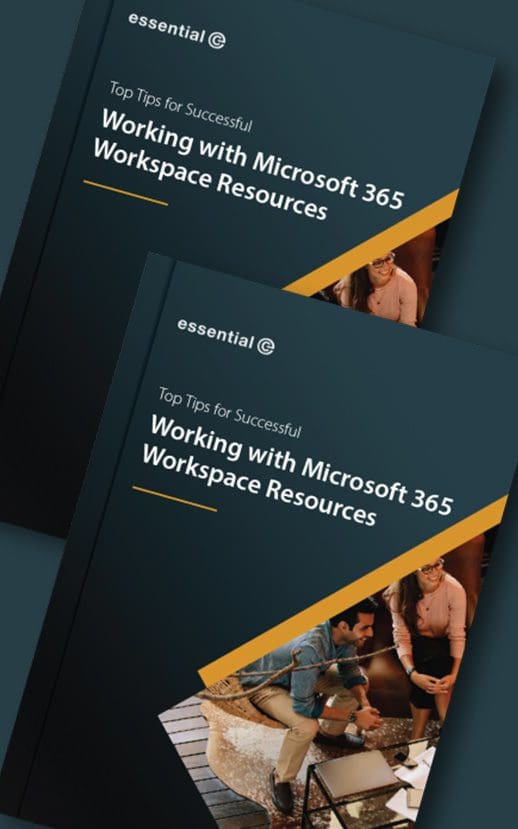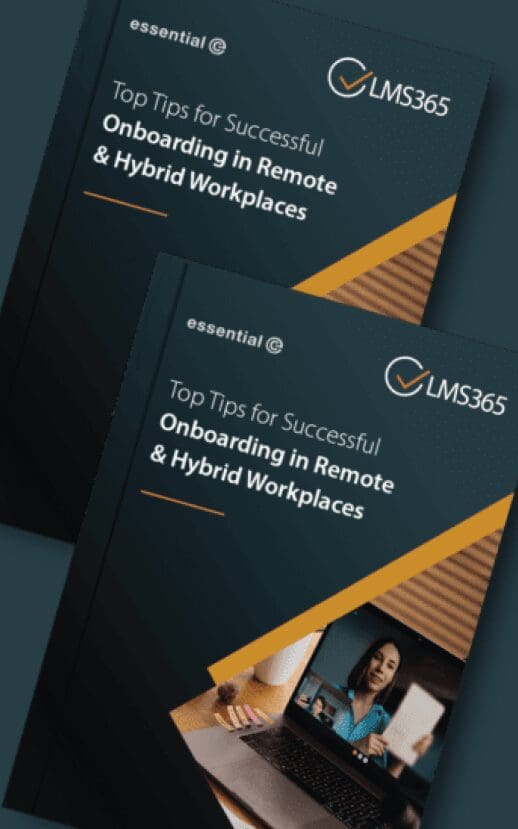Learning Management
Combating Burnout: How Millennials Can Drive a Culture of Workplace Wellbeing
Millennials are burning out, and it’s costing businesses more than just morale.
Workplace burnout among millennials is reaching critical levels, impacting both personal wellbeing and organisational performance. According to surveys a high percentage of millennials say they feel burned out due to high workloads, stagnant wages, and the always-on culture created by digital connectivity. In this UK survey, 89% of male millennials say they are experiencing at least one symptom of burnout.
The thing is, it’s not just a personal problem. It’s impacting business productivity, employee retention, and overall team morale.
Whether you’re a millennial in a management role looking to drive change, or a team member who wants to ‘make a difference’, this article explores how millennials at all levels can play a key role in tackling burnout and creating a healthier work environment for everyone.
Why Are Millennials Burning Out?
Millennials are more likely to experience burnout than other generations because their work and personal lives often overlap. Here’s why:
- Always-On Culture – Are you always switching between Teams and WhatsApp? Do you reply to ‘work emails’ outside of core hours? You’re not alone – expectation to be constantly available blurs the lines between work and personal life.
- Economic Pressures – Stagnant wages and rising costs are pushing people to work longer hours just to keep up. I often hear of folk that have a ‘side hustle’ to make ends meet, leaving them exhausted for their main job.
- Career Ambitions – It seems that climbing the corporate ladder is harder than ever, with overwork and neglected personal wellbeing being an unfortunate by-product of success.
- Constant Juggling – Even if it’s something as simple as changing a washing load in between Teams calls, the expectation that you can keeping the work and family ‘plates spinning’ can lead to overwhelm.
The Cost to Business of Burnout
Burnout isn’t just a personal issue, it’s directly hurting business performance.
According to this article from Deloitte: Poor mental health costs UK employers £51 billion a year for employees, the financial sector alone loses an average of £5,379 per employee every year due to poor mental health.
Here’s just three reasons why:
- Reduced Productivity – Tired employees work slower and make more mistakes, which drags down overall output.
- Higher Turnover – Burned-out staff are more likely to quit, driving up recruitment and training costs.
- Lower Engagement – Disengaged employees weaken team cohesion and can drain everyone’s motivation, which of course, impacts productivity.
How Leading Companies Combating Employee Burnout
It’s not all bad news.
We’ve seen increased recognition of the challenges surrounding employee wellbeing translating into action. Here’s some examples of what leading enterprises in the UK are doing:
- Reed: A prominent UK recruitment firm, actively promotes flexible working practices both within its organisation and through its advisory services to clients. Recognising the evolving nature of work, Reed has been at the forefront of discussions on flexible working arrangements, and we’re proud to call them a customer.
- HaysMac: Award-winning chartered accountancy firm, HaysMac has embedded flexible working into its employment terms to attract employees.
According to Tilly McHugh, Operations Manager at HaysMac,
“Having proved we were able to work very effectively remotely during the pandemic, we took the opportunity to re-think the way we work and have adopted a hybrid working strategy. We feel that the flexibility to work from home and visit the office as needed is what the modern workforce now expects as part of their employment terms. This strategy, together with our newly re-worked office facilities and workspace booking system, puts us in good stead to offer a very attractive hybrid working environment to both existing and prospective employees.”
- Historic England: As part of its strategy for wellbeing and heritage, the organisation created a learning space, guidance and training to enable colleagues to embed wellbeing in their work.
PS – Each of the above organisations are using Essential solutions to support their initiatives – follow the links on the ‘Related solutions’ at the top of this page if you’d like to find out more.
4 Practical Steps to Tackle Millennial Burnout
Based on what our customers are doing – and what is working for us – here’s some tips to tackle burnout:
1. Flexible Working Policies
Allow support for flexible schedules and remote working to reduce stress and improve productivity. Enabling employees to have some autonomy where possible, over their own days can also make a huge difference. As Spotify famously said: “treat your employees like the adults they are”.
“You can’t spend a lot of time hiring grown-ups and then treat them like children.”
Katarina Berg, CHRO of Spotify
2. Mental Health Resources
Provide counselling, mental health days, and wellness programmes that employees can easily access.
Many organisations are investing in learning platforms, enabling bite size content and longer courses (or even inspirational Ted talks) to be easily shared and consumed.
One customer even asked us for help in creating an icon for menopause based content in their learning platform – which shows how the conversation is evolving!

3. Recognition Programmes
Create structured programmes to reward and motivate employees. We’ve heard great examples from companies rewarding long service with sabbaticals, or recognising great performance with vouchers, and a lovely note from the boss. It doesn’t have to cost a lot.
Regular but ‘low key’ employee check-ins can also be a great way to keep up communication, and spot potential issues before they spiral out of control.
4. Tech to Help with Workload Management
Reducing stress starts with investing in the right tools – whether it’s AI-powered assistants like Copilot, task management solutions like Planner, or simply ensuring that systems integrate seamlessly to eliminate friction, wasted time and unnecessary frustrations.
How Millennials Can Lead the Change
Having grown up navigating rapid technological change, economic uncertainty, and the rise of remote working, millennials understand both the challenges and the opportunities of the modern workplace better than most.
Millennials are therefore well-positioned to navigate the burnout issue, paving the way for younger – or older work colleagues.
If you’re a millennial – here’s how you can help:
Start the Conversation
Normalising discussions about mental health at work is the first step to breaking down stigma. Speaking openly about your own stress, workload, and mental health challenges encourages others to do the same and makes it easier for employers to spot issues before they escalate.
Be Open to New Ways of Working
Flexible working isn’t just a perk. It’s a proven way to boost productivity and morale. Whether it’s considering hybrid working models, compressed hours, or more control over schedules, sometimes even minor changes can make a huge difference to balancing our work and life responsibilities.
Lead by Example
For example, set boundaries around your own working hours.
Again, small changes, such as not sending or replying to emails or work chats in the evenings or weekends, and booking mental health days into your diary, send a powerful message.
Use Available Resources
There’s no need to reinvent the wheel. Take advantage of existing mental health programmes and encourage colleagues to do the same. We’ve found that the UK mental health charity Mind offers some great free resources to get started and are worth checking out.

Prove the Business Case
Share data that shows how wellbeing programmes drive better performance and retention, but also share use cases and examples of what works.
In Short
Flexible work policies, mental health support, and recognition programmes are key to improving employee happiness and driving business results.
Whether they’re in managerial roles or part of the team, millennials in particular have the power to lead this shift, and in our opinion, businesses that take action will see the benefits.
Want to learn more about our learning support & engagement solution for Microsoft 365?
Get in touch to arrange a chat or a demonstration.

















